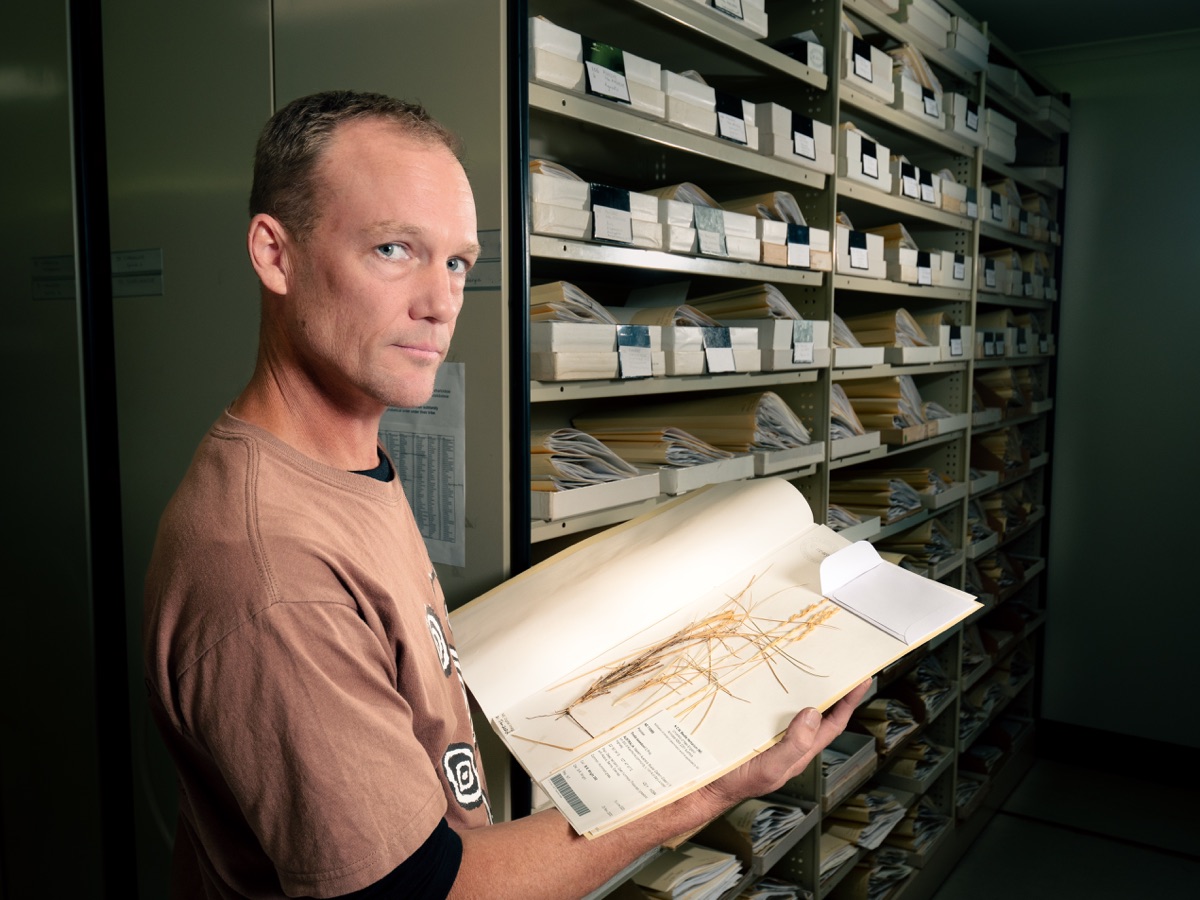The Australian Outback’s vegetation is the embodiment of toughness and endurance, but new evidence indicates that many species may struggle under climate change.
A collaborative study by a UNE researcher at Uluru Kata-Tjuta National Park following the record-breaking 2018-2021 drought revealed that more than half the park’s spinifex grasses had died, and up to 91% of certain shrub species.
Worryingly, said UNE botanist Dr Boyd Wright, who was working for Parks Australia at Uluru during fieldwork for the research, there was no sign that any species except spinifex had been able to recruit enough seedlings to replace the lost vegetation.
“Australia’s arid zone vegetation is tough, but not immortal,” Dr Wright says. “If the extreme conditions of 2018-2021 return more regularly, as is predicted under climate change, then the outback may be on a path to true desertification.”
“Even without the projected effects of climate change, the destructive long-term impacts of this loss of native vegetation are likely to be exacerbated by competition with invasive weed species, grazing from pest animals and altered fire regimes.”
On average, the eight species sampled by Dr Wright and the Indigenous rangers he was working with lost more than half their population between 2018-2021. Deaths were most acute in small shrubs – desert grevilleas, desert myrtle and a number of wattle species were among the hardest hit.
Dr Wright undertook the study in partnership with rangers from the park’s traditional owners, the Pitjantjatjara and Yankunytjatjara people, while he was working as a ranger in the park himself.
As the people most impacted by the loss of native vegetation, Dr Wright says, the region’s Indigenous people are particularly disturbed by the effects of a hotter, drier future on their traditional lands.
The 2018-21 drought was the most intense recorded in Uluru Kata-Tjuta since records began in the region in 1888. In the driest year, 2019, the park received only 27 mm of rain, less than half the previous-driest year in 1961. Temperatures were the hottest recorded, hitting 47.1˚C in 2019.
Climate scientists observed that the drought, which was unprecedentedly severe across much of Australia, carried the fingerprint of climate change.
Dr Wright notes that even under the best “low emissions” projections for climate change, average global temperatures will by 2050 have risen by 2˚C over the historic benchmark. The 2018-2021 drought occurred under a global 1.1˚C rise.
Less optimistic projections – and the trajectory that anthropogenic climate change is currently on – indicate that global mean temperature increases are likely to be more than 2˚C.
Should temperature rises continue unchecked, with the resulting extremes of temperature and rainfall, Dr Wright fears that a huge swathe of Australia’s arid zone biodiversity will be lost. At minimum, he believes, there may be a wholesale “restructuring” of arid zone vegetation.
At worst, inland Australia may look much more like a Saharan desert than the shrubby deserts that currently define the Outback.
“This study should serve as a warning that urgent and proactive climate change action needs to be taken to mitigate escalating temperatures and increasingly severe drought conditions forecast in arid Australia,” Dr Wright says.
“The initial arid zone impacts of failure to address climate change will be felt first and hardest by the Traditional owners, but we will all deal with the consequences in one form or another.”
Mortality rates of desert vegetation during high-intensity drought at Uluru-Kata Tjuta National Park, Central Australia: Austral Ecology. DOI: 10.1111/aec.13290


